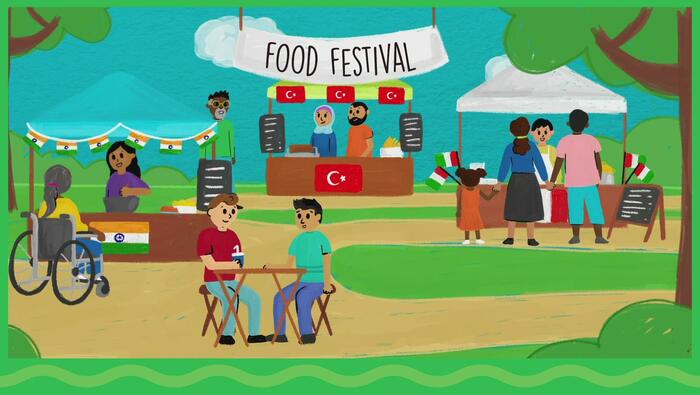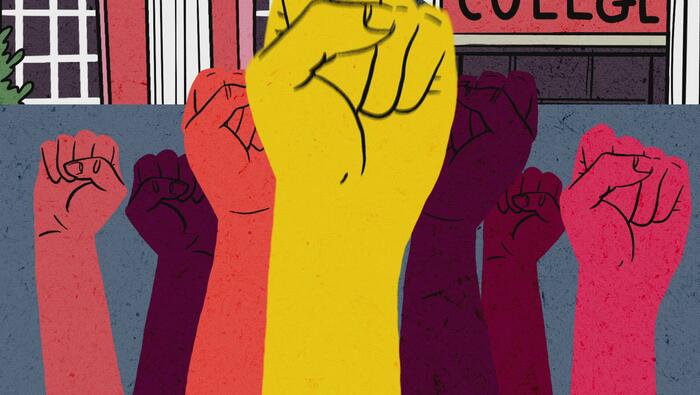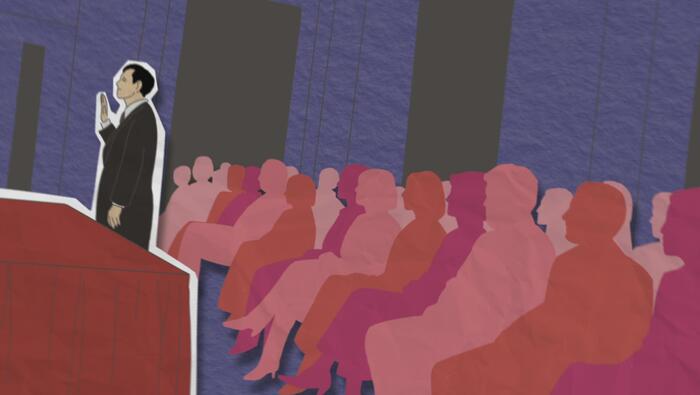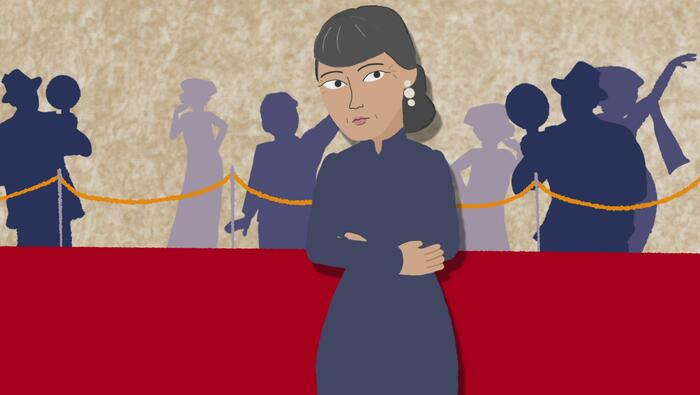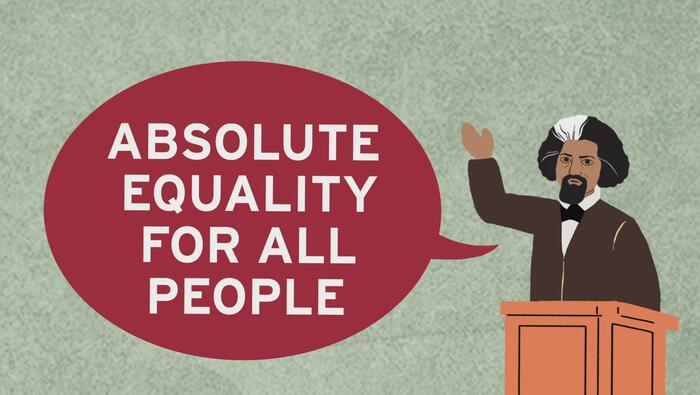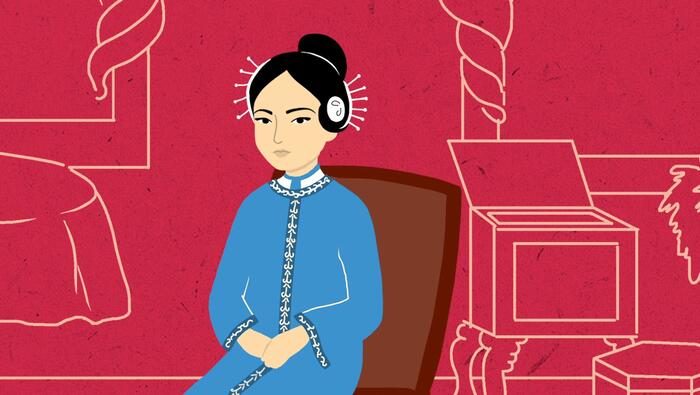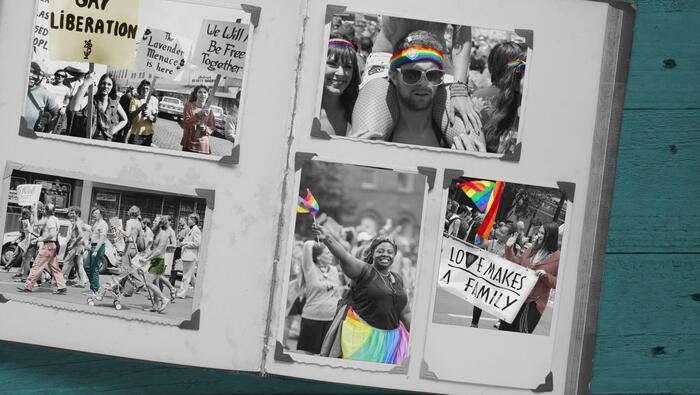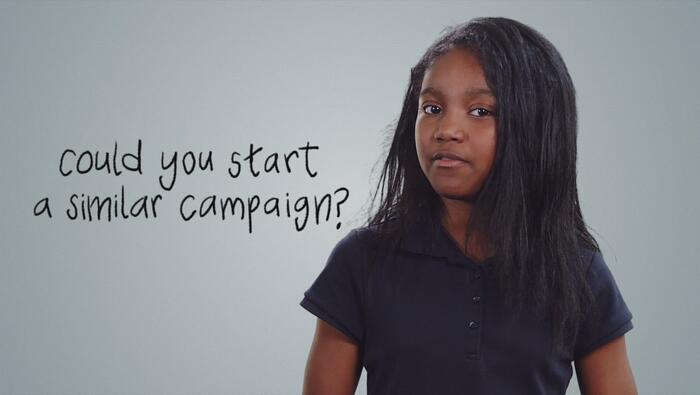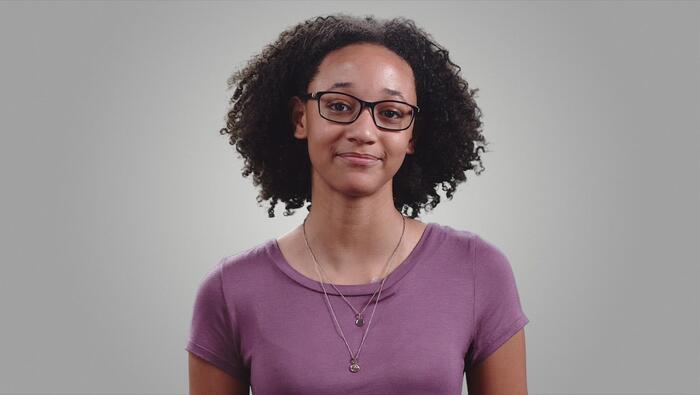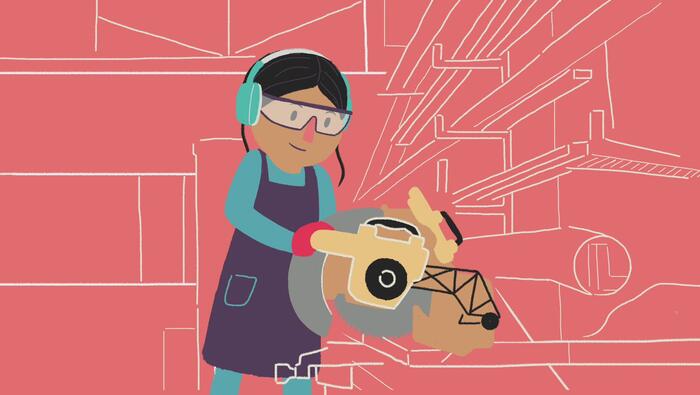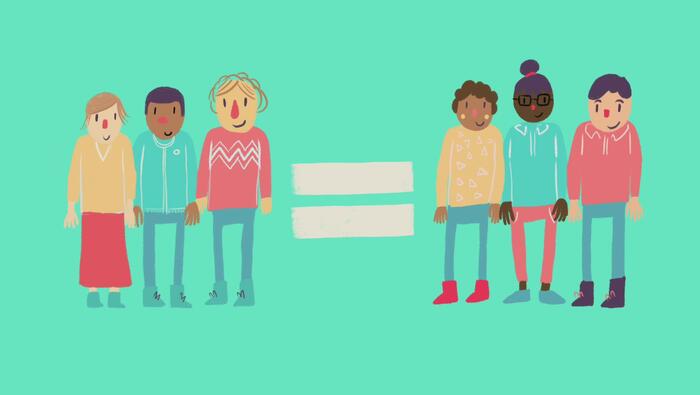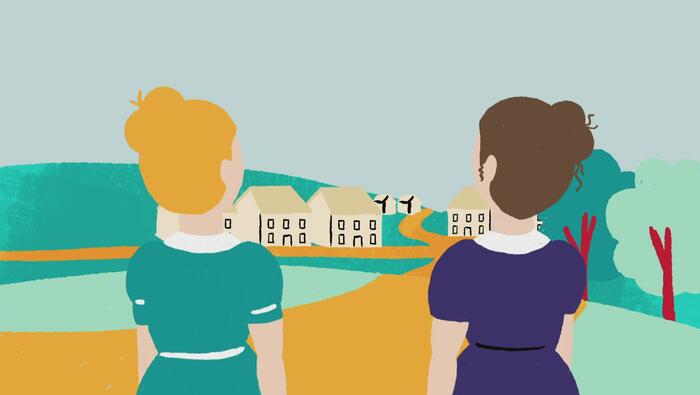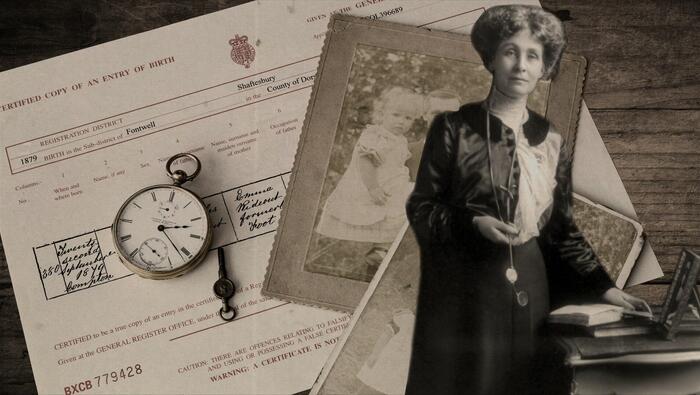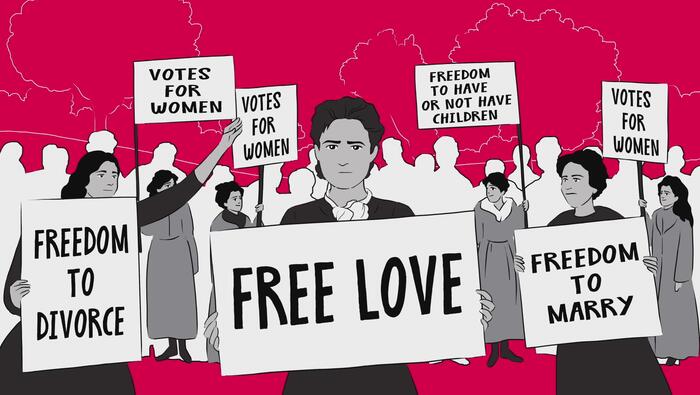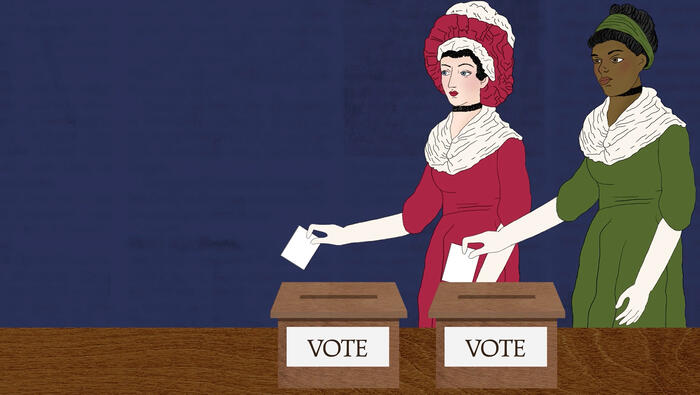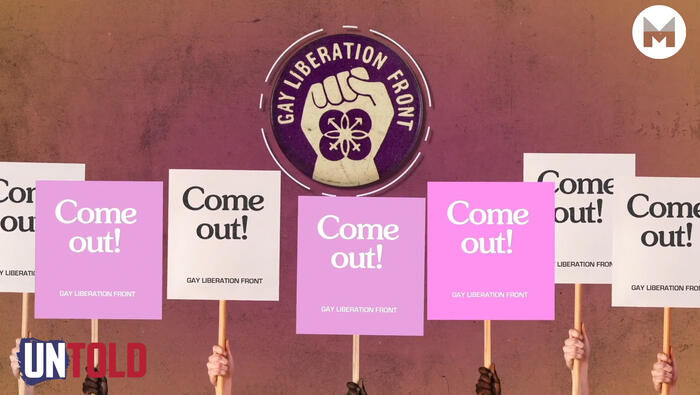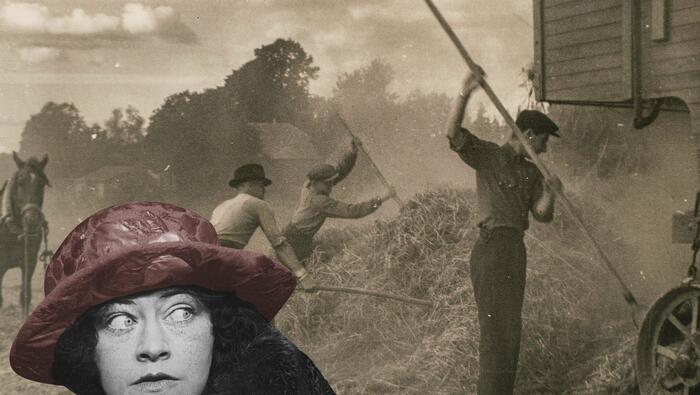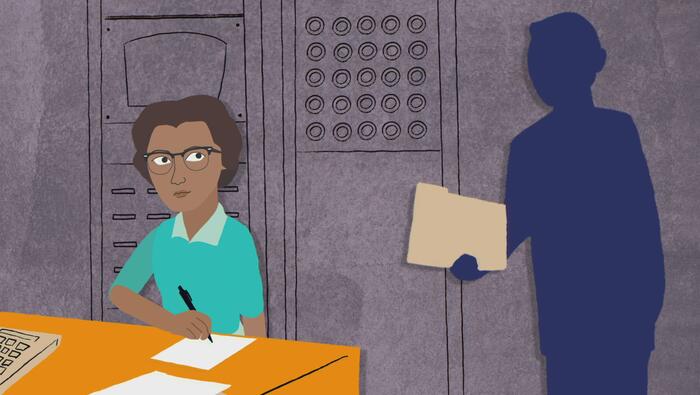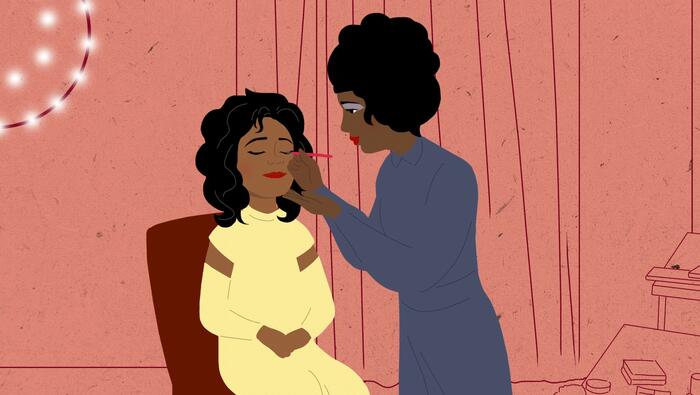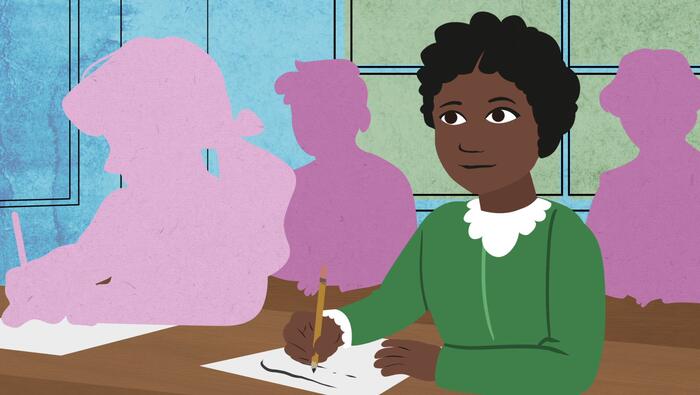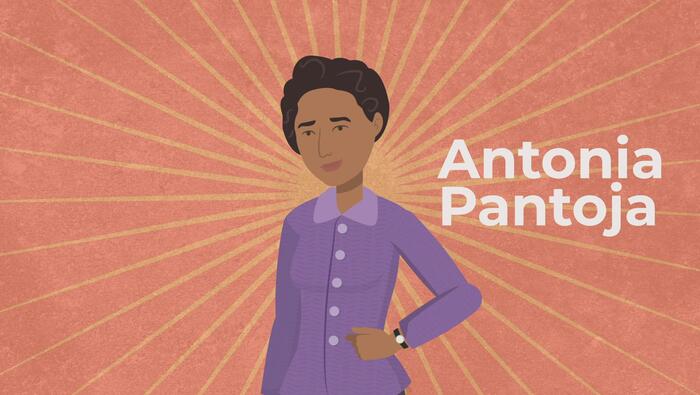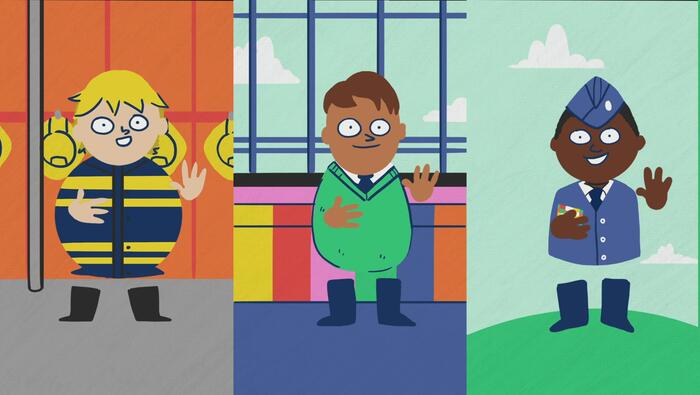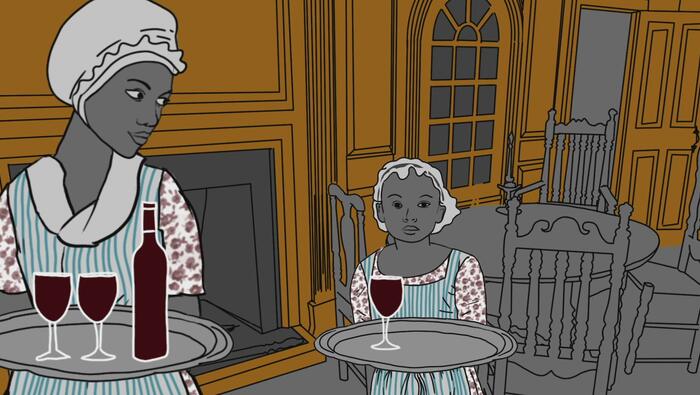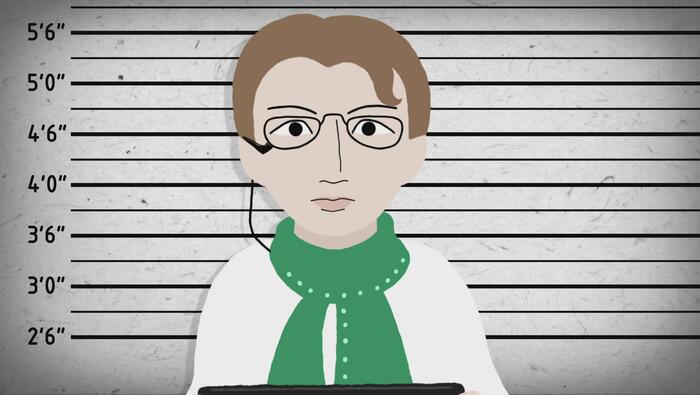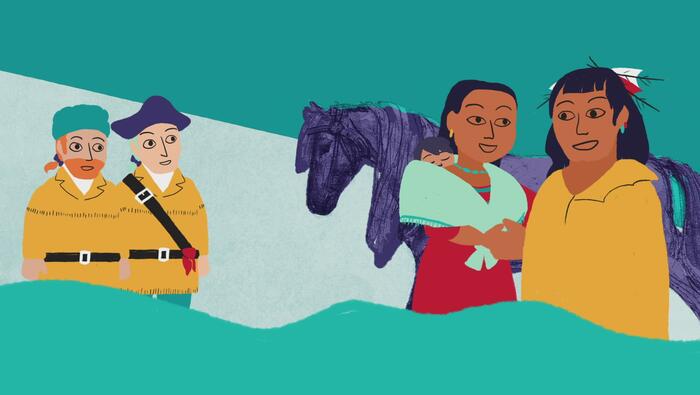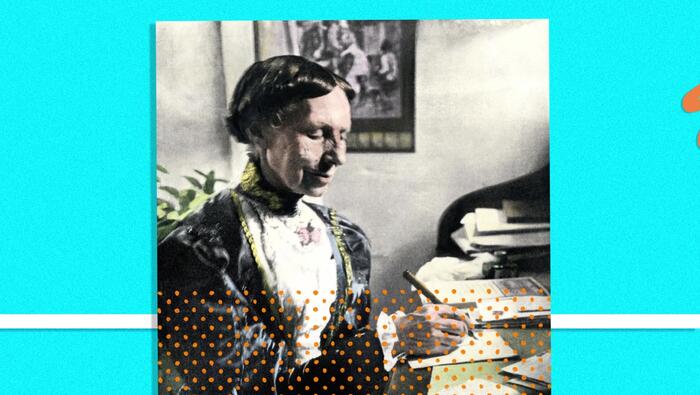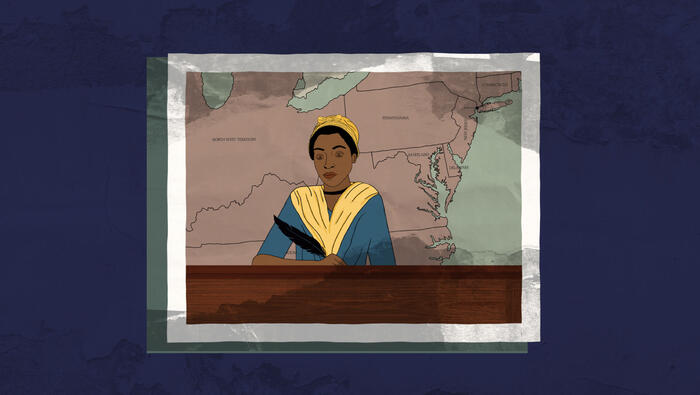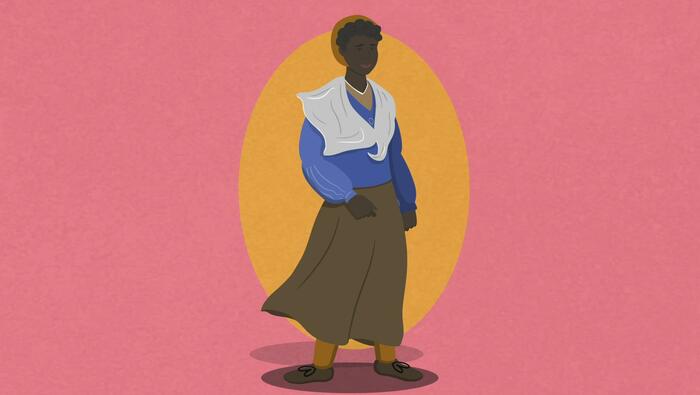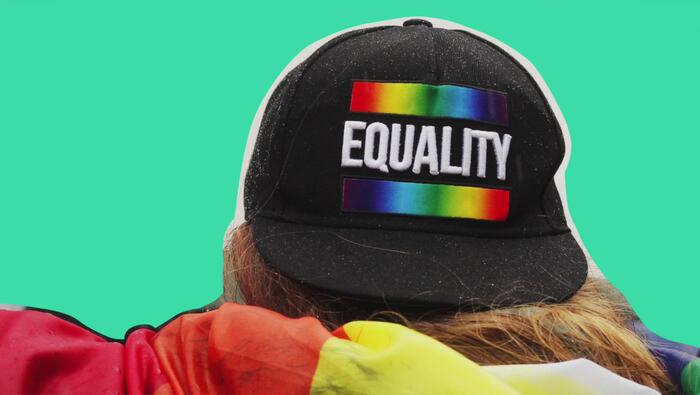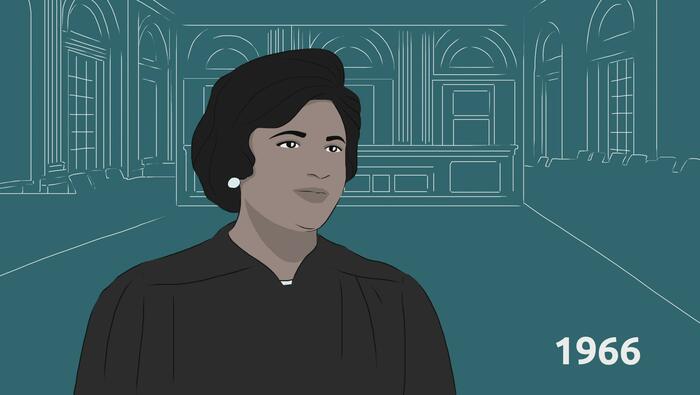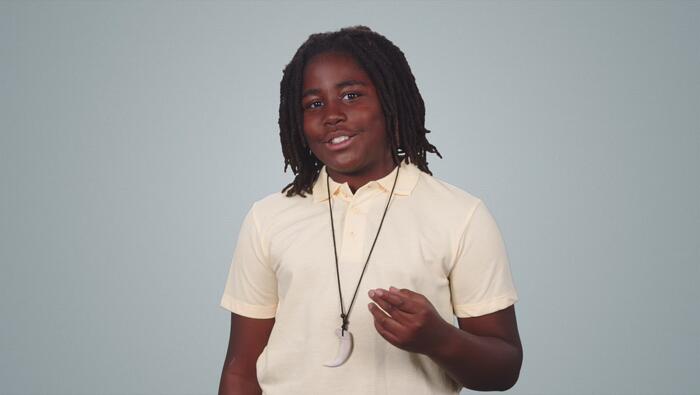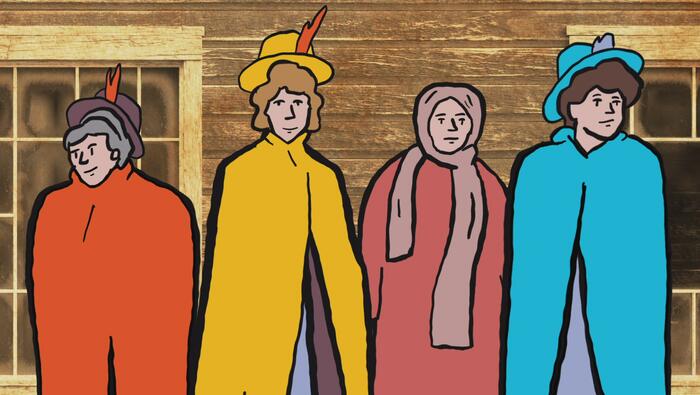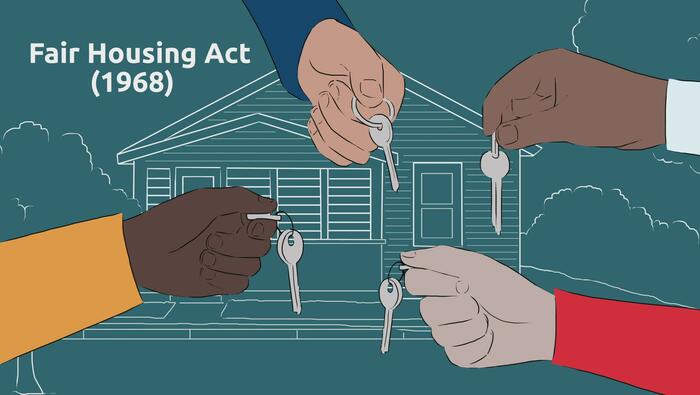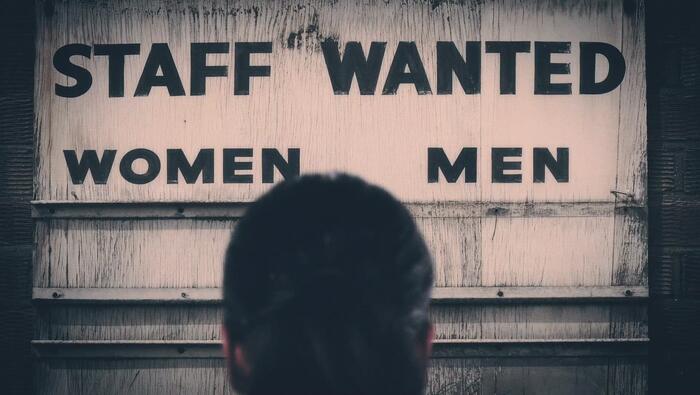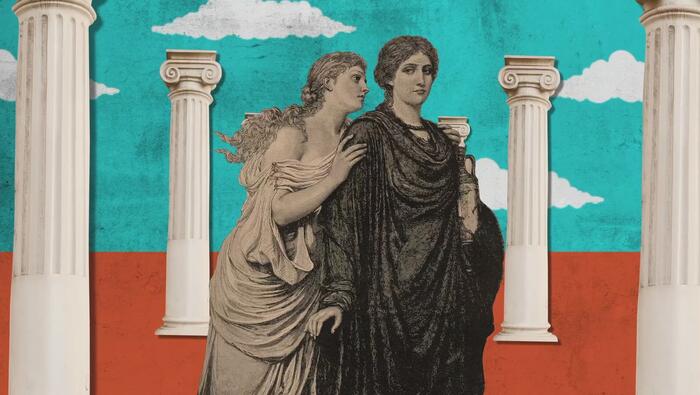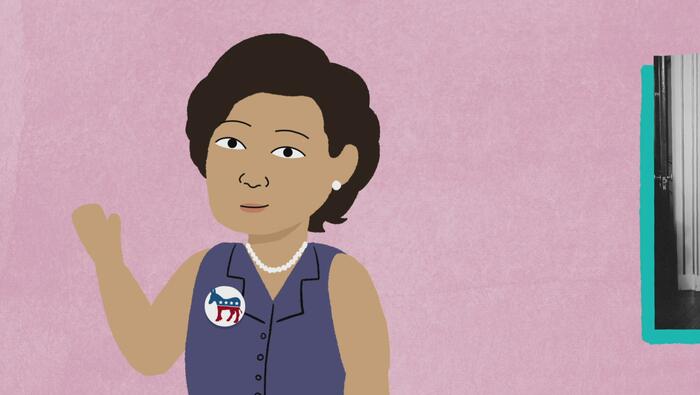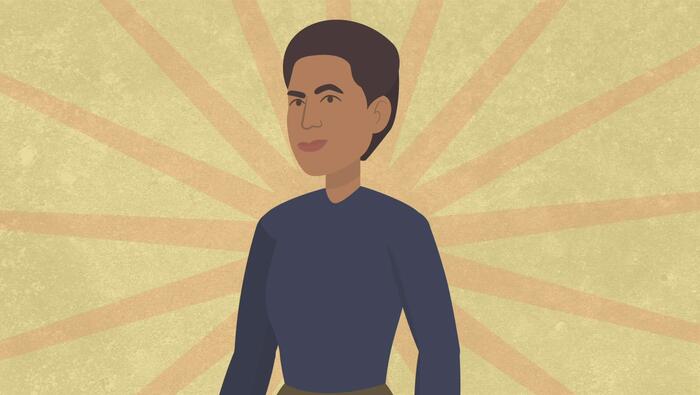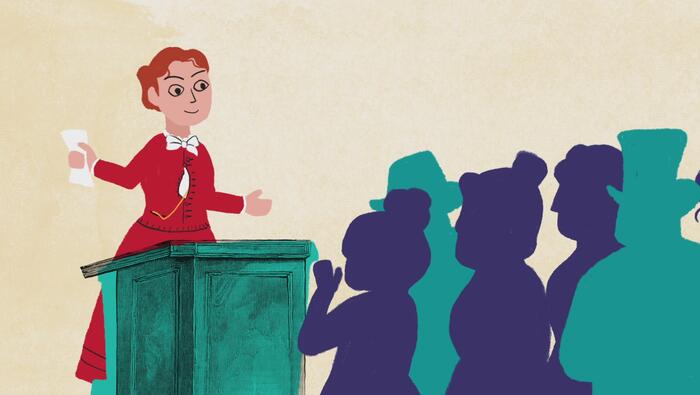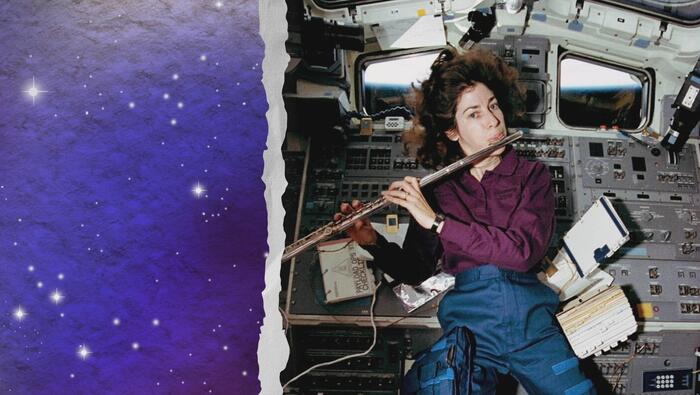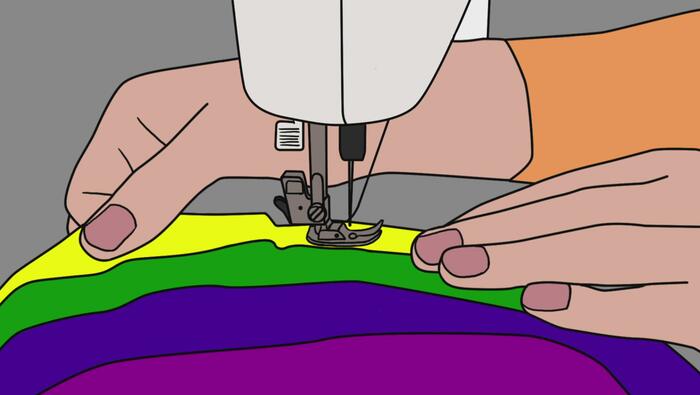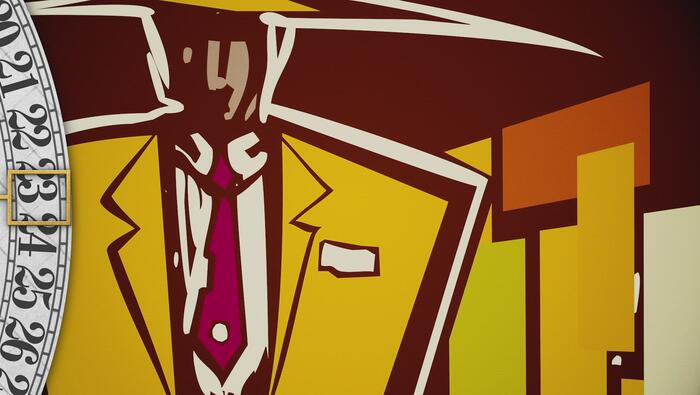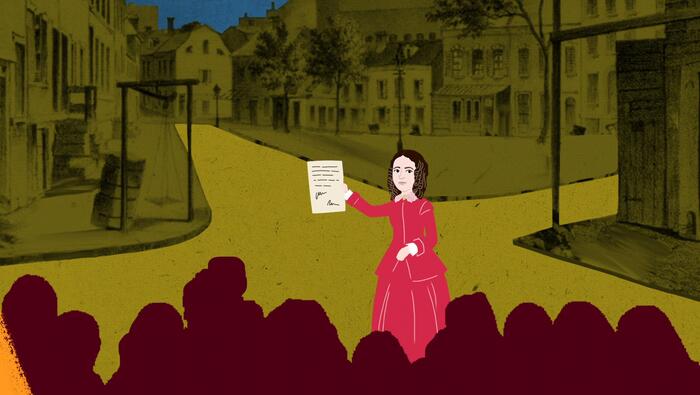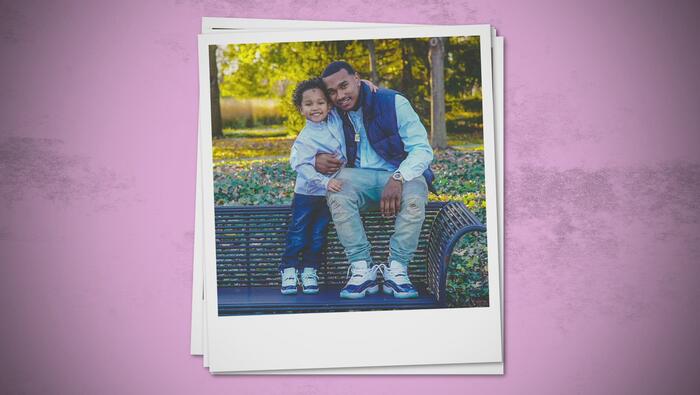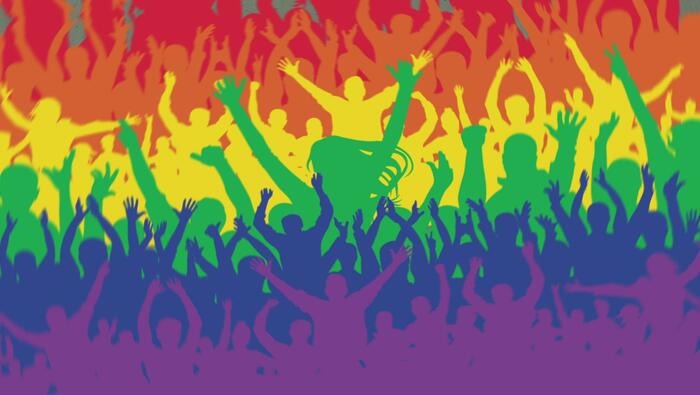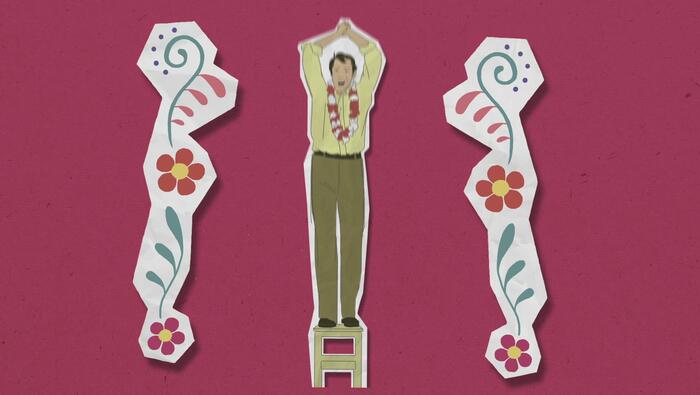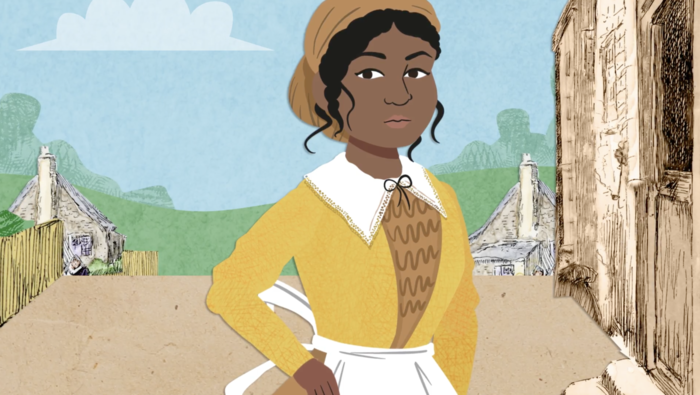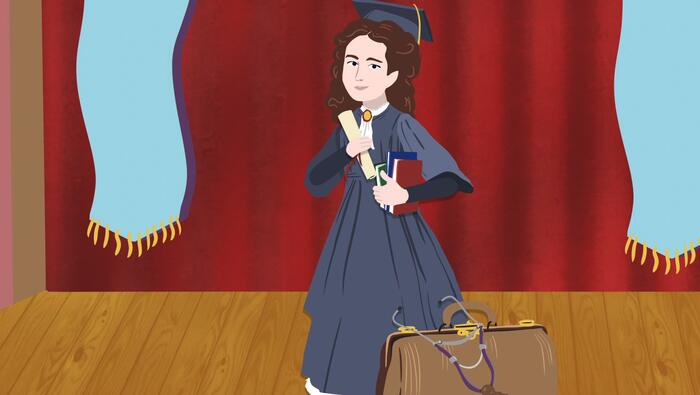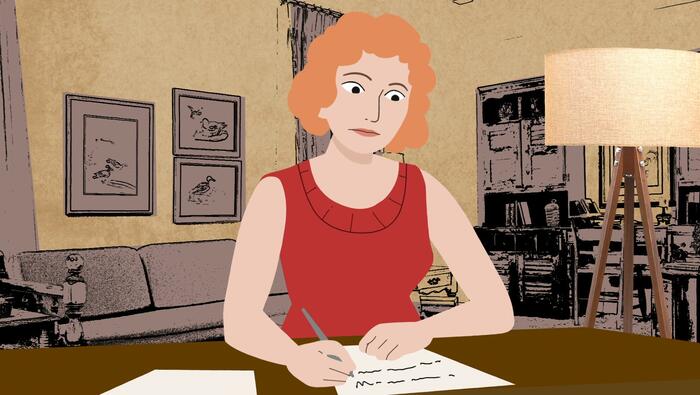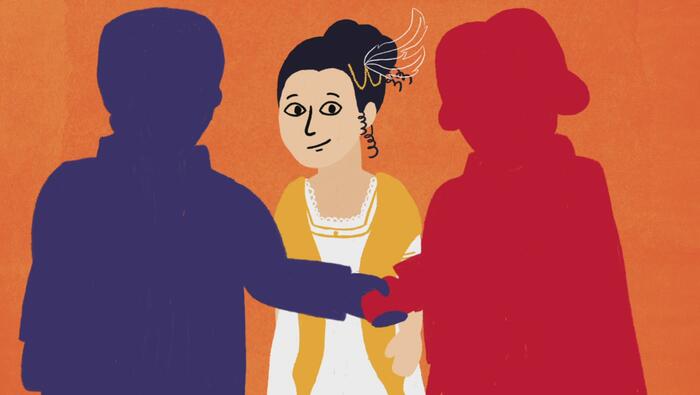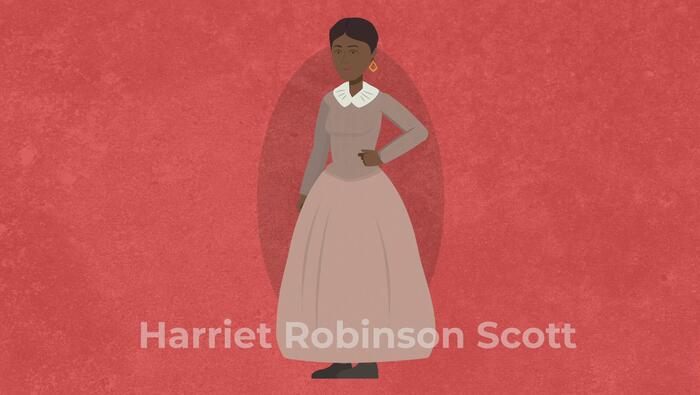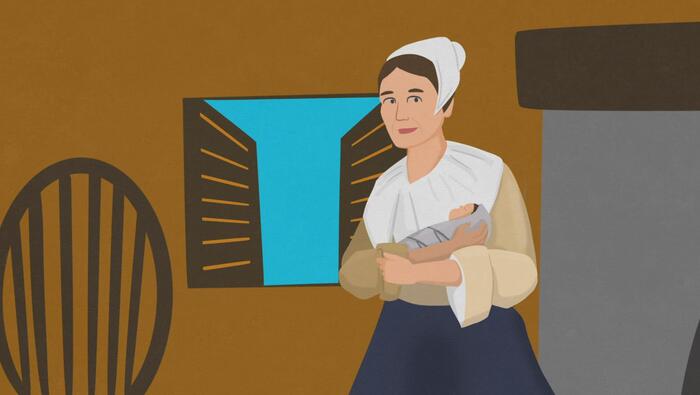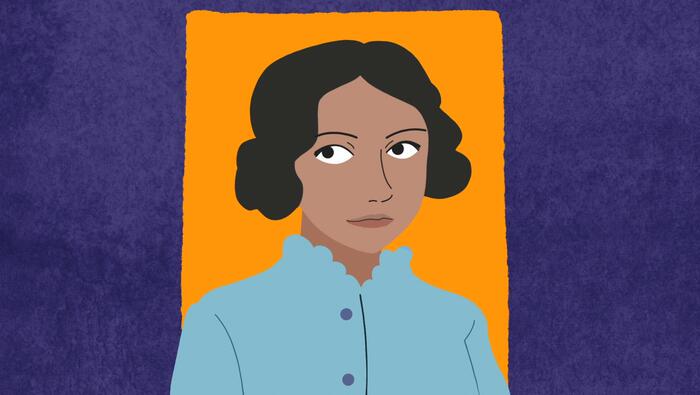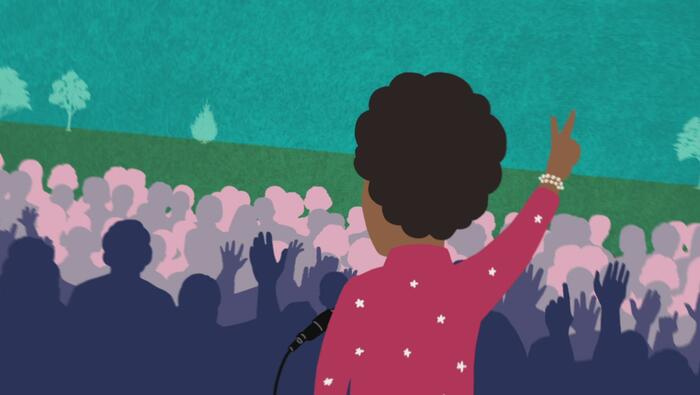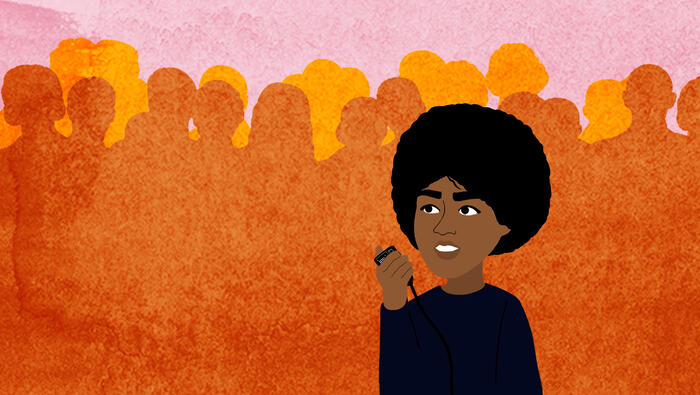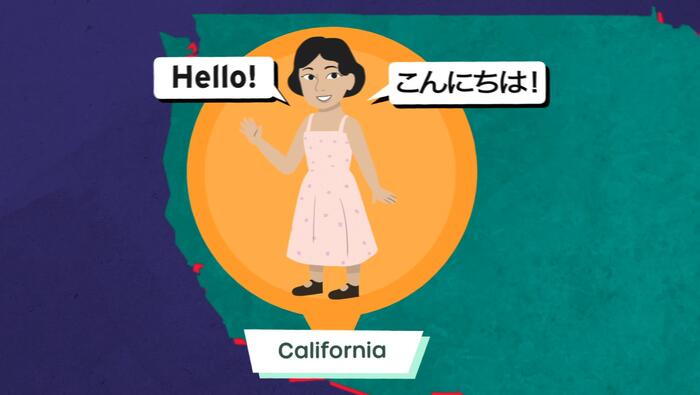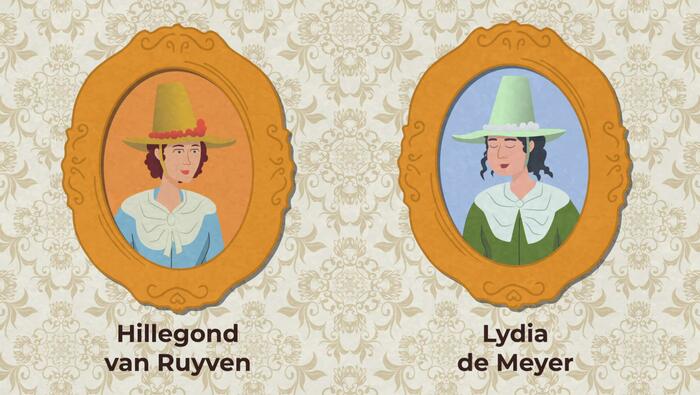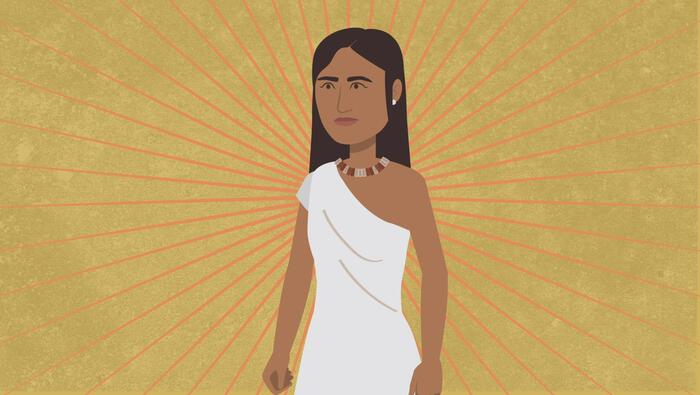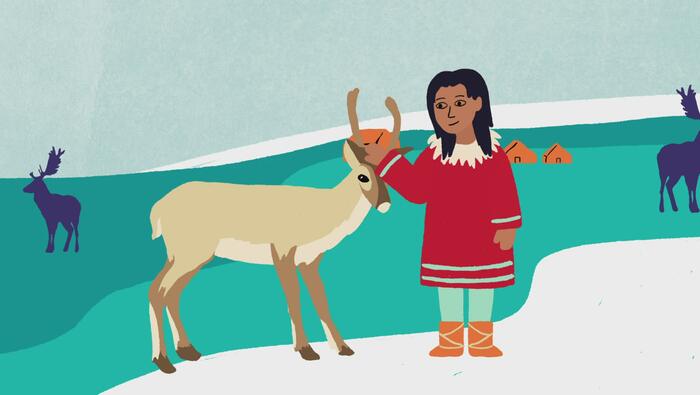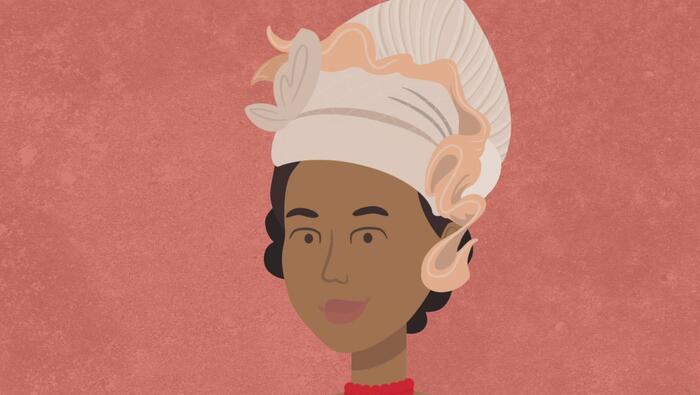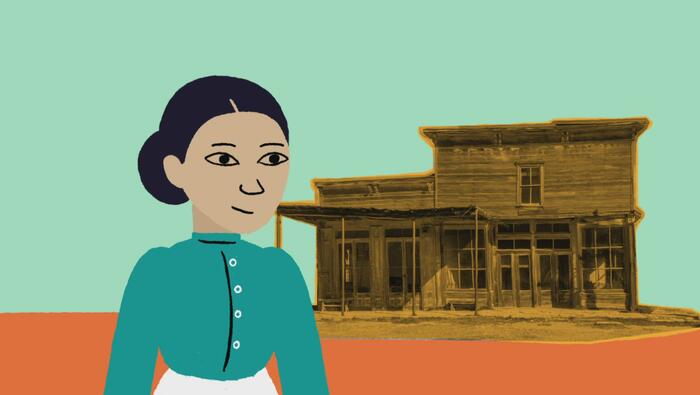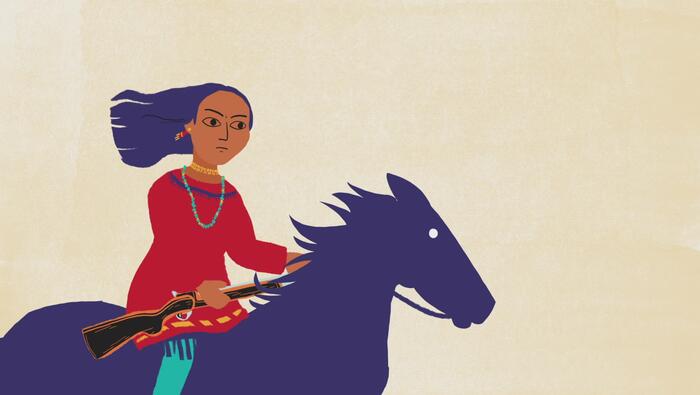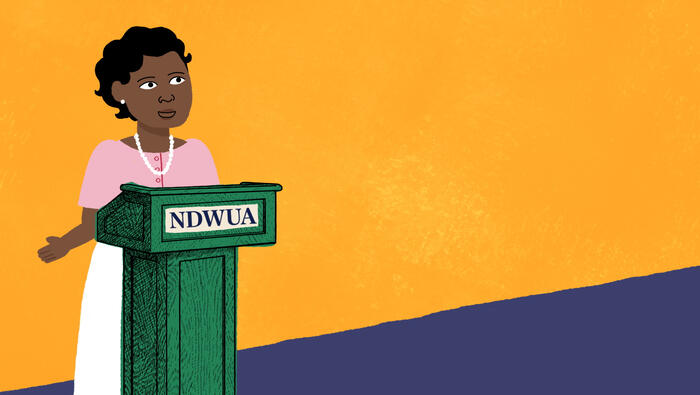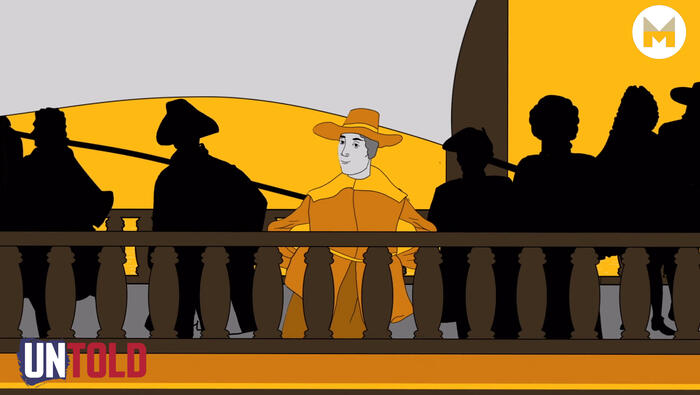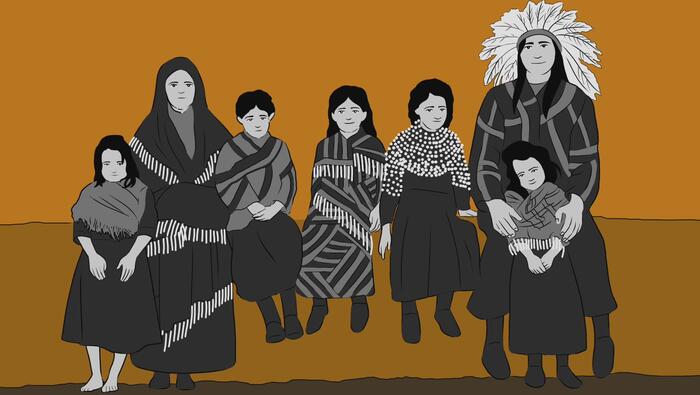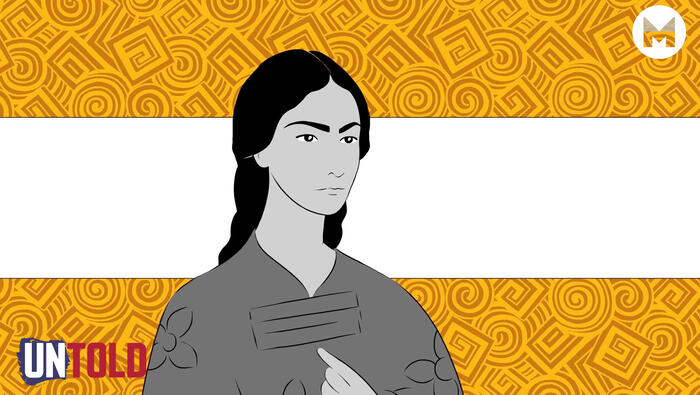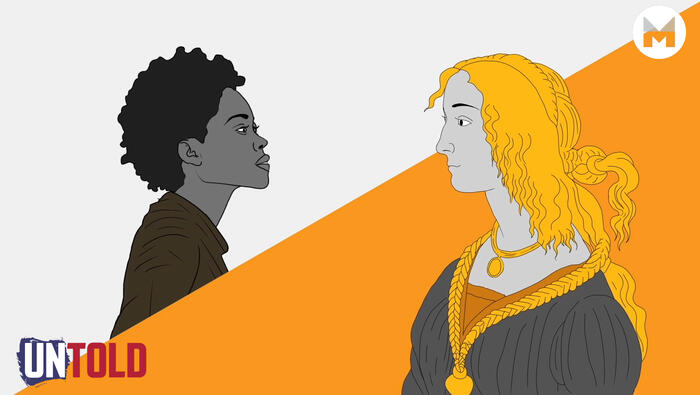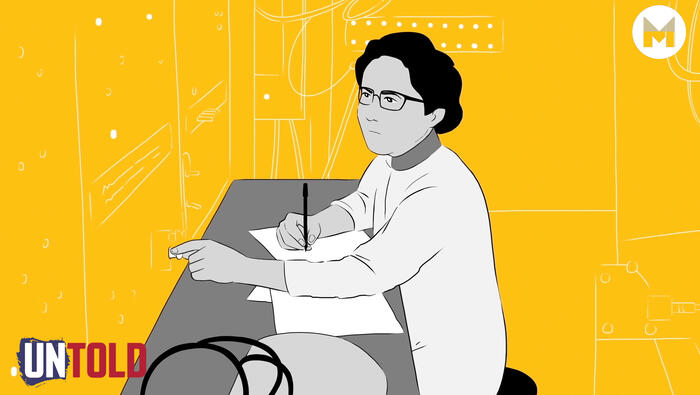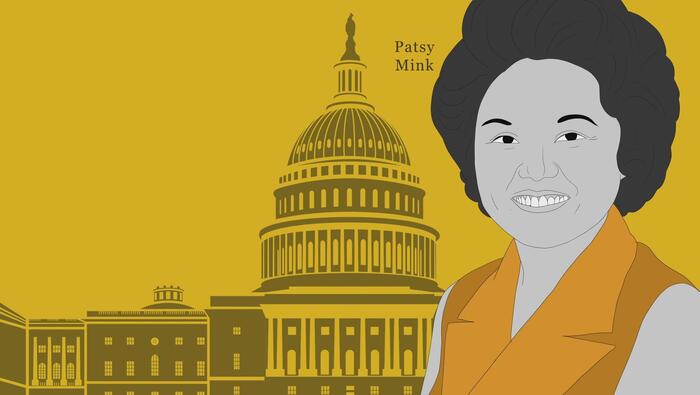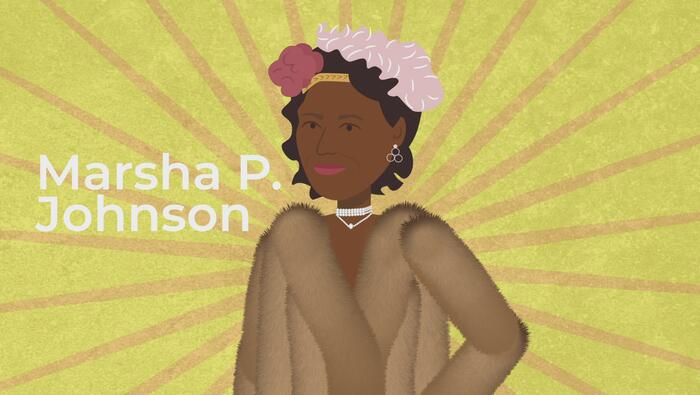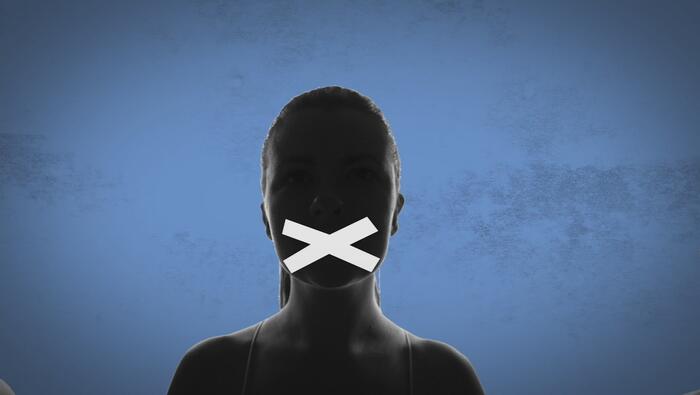
How Can a Government Truly Represent All of Its People?
Today, trust in democracy is at an all-time low, the promises that leaders make aren’t always fulfilled. Through growing populations, lack of representation, and ineligibility to vote, how can a democracy represent every one of its citizens, going forward?
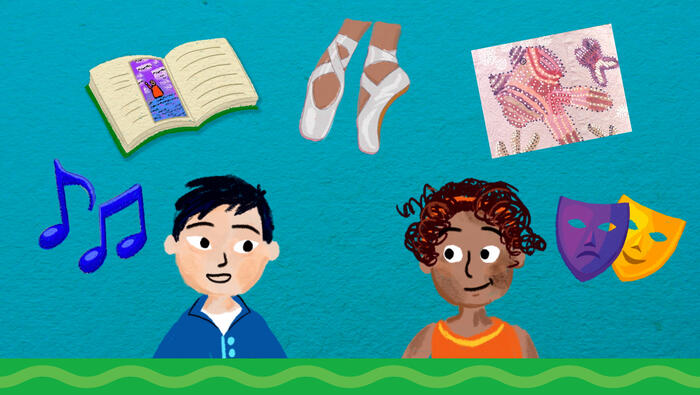
Hear Many Points of View
Cultural leadership involves listening to many points of view and understanding the role that diverse backgrounds and cultural priorities have on people. In this video the children ask, “What does arts in education mean and why is it important?” They use an open mindset to hear about different preferences and see how cultural traditions help learners connect to ideas and each other.
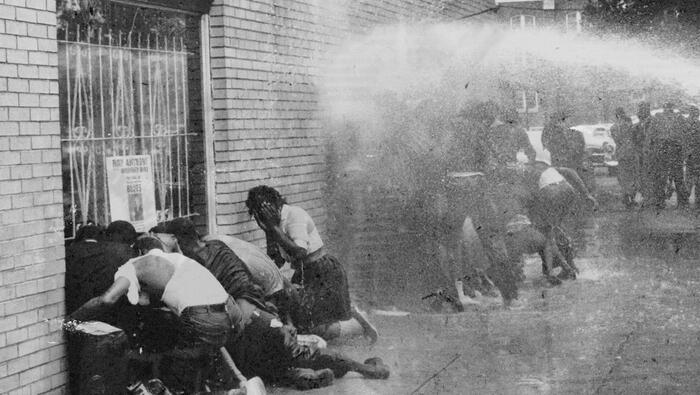
When the Youth of Birmingham Changed History
In 1963, school children from Birmingham, Alabama skipped class to demonstrate for racial equality. Met with police violence, they helped to bring about significant change. The Birmingham Children's Crusade, as it was known, has gone down in history as a turning point in the fight for Civil Rights.
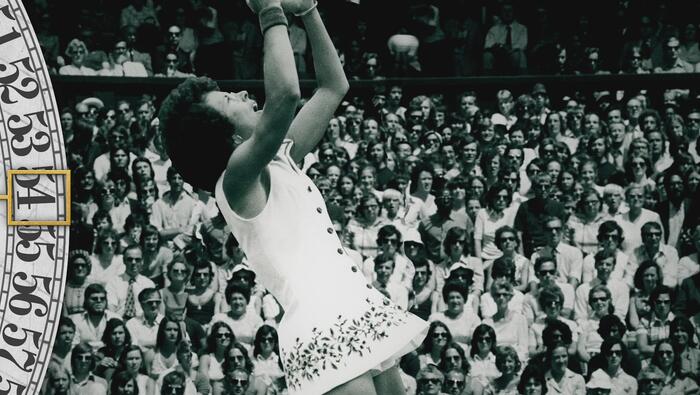
How did a tennis match change the world?
In the 1970s, tennis player Billie Jean King threw down the gauntlet for gender equality in an epic tennis match against self-proclaimed chauvinist Bobby Riggs, hailed as the Battle of the Sexes. So how did one tennis match change the world? David Rubenstein answers that question in a fact-filled history minute.

How did silence make a statement in 1917?
We typically think of protests as loud events with chants, speeches and songs. But sometimes silence can be just as powerful. So how did a silent protest in New York aid the fight for Civil Rights? David Rubenstein answers that question in a fact-filled history minute.
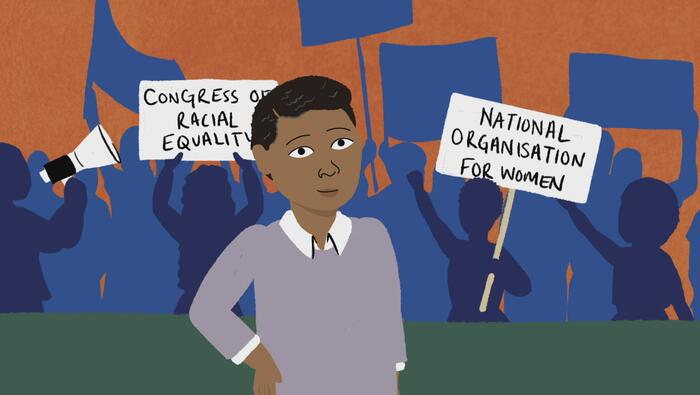
Pauli Murray: Breaking Barriers of Race and Gender
As a queer Black lawyer, poet and civil rights activist, Pauli Murray understood how our different identities can overlap to create multiple levels of discrimination. Her groundbreaking work in championing equality for all helped change America for the better.
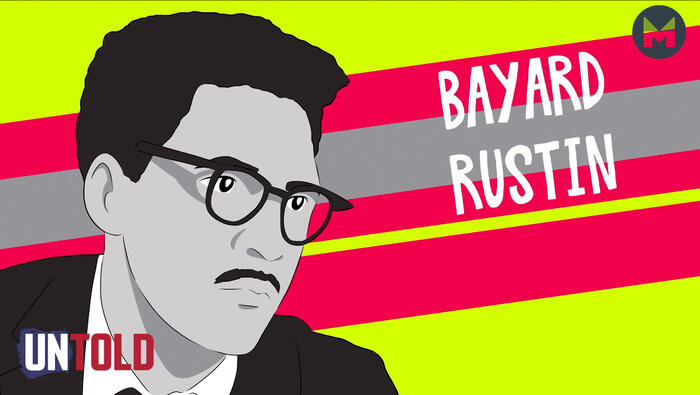
Bayard Rustin: Martin Luther King Jr's 'Out and Proud' Advisor
The March on Washington for Jobs and Freedom was the biggest protest America had ever seen. It culminated in Civil Rights leader Martin Luther King Jr’s iconic “I Have A Dream” speech. But the man who made it all possible, chief organiser Bayard Rustin, was almost written out of history not because he was black, but because he was gay.
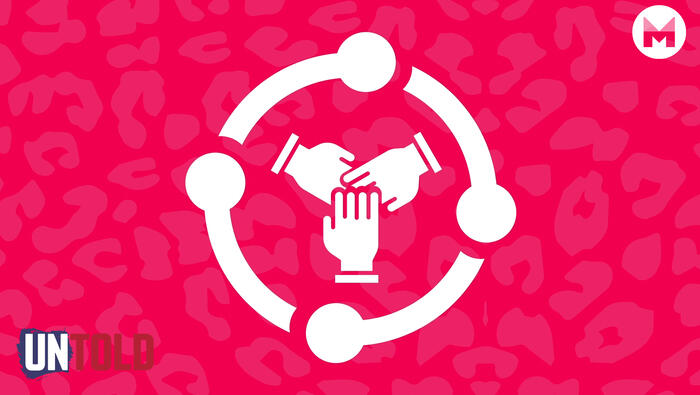
Fighting for LGBTQ Rights: Is the United States Really United?
The 10th Amendment to the Constitution allows each state to set its own laws. That's meant that in Colorado, LGBTQIA+ rights have often been repressed. Meet the students at William J. Palmer High School who took their school district to court - and won!

What are the origins of the rainbow flag?
Today, the Rainbow Flag is synonymous with the LGBTQ+ community worldwide, representing acceptance, inclusivity and freedom for people of all sexual and gender identities. But what is its origin story? David Rubenstein answers that question in a fact-filled history minute.

